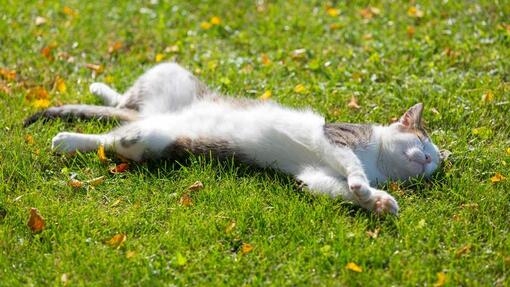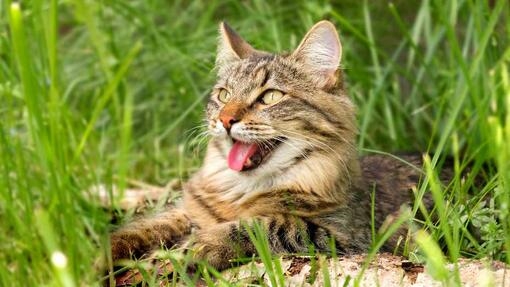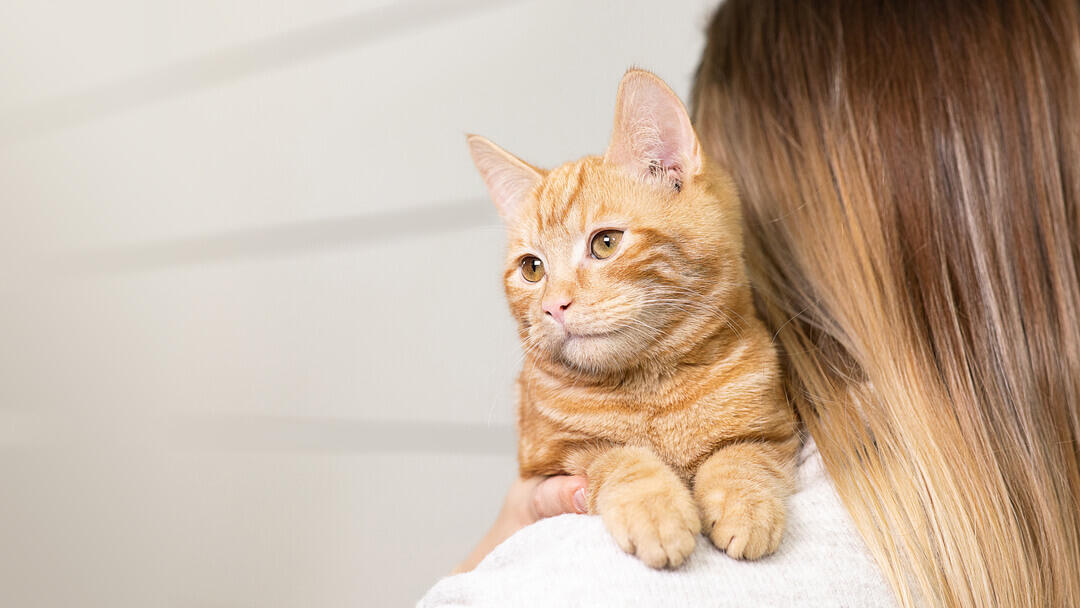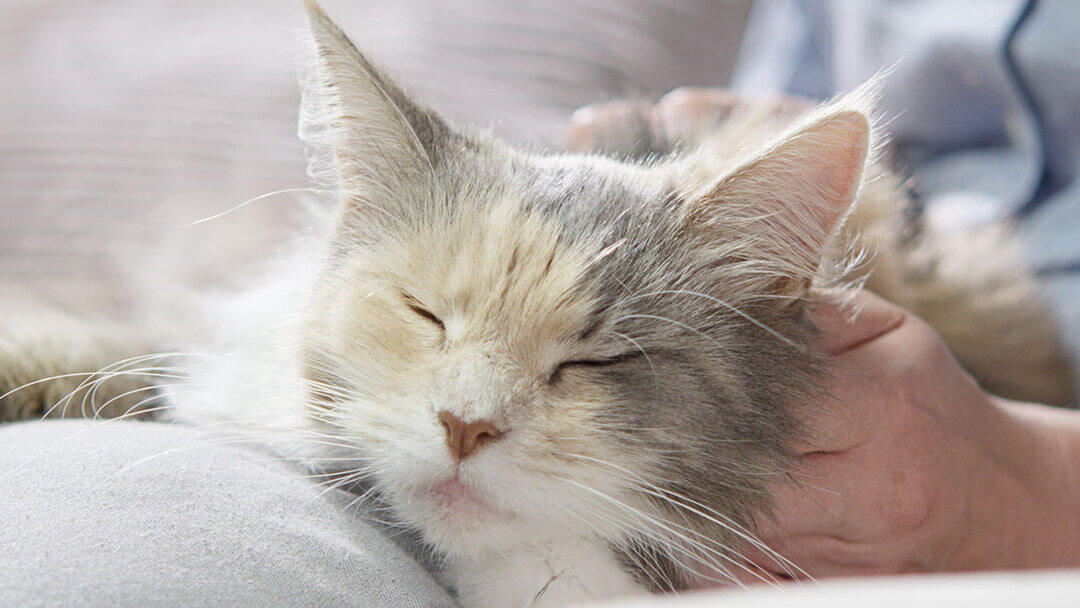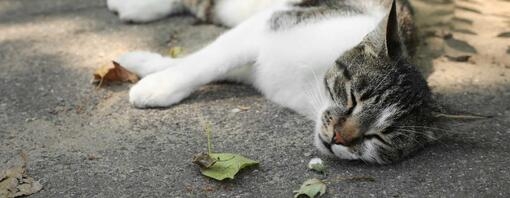
Heatstroke in cats can develop due to over-exposure to warm weather. Cats, as we know, love to be out and about exploring the world around them, but sometimes this can be detrimental to their overall health, especially when spending long hours out in the blazing sun. So, what is heat exhaustion in cats, and what are the signs or symptoms of cat heatstroke? Carry on reading to find out.
What is cat heatstroke?
Cat heatstroke is a life-threatening condition where your cat's body temperature reaches well above normal, rising to levels that can result in damage to internal organs. It can be due to being out too long in the heat. The longer your cat's body temperature stays at an abnormally higher level, the more dangerous this can be for your feline friend.
What is a cat's normal body temperature?
The normal body temperature of a cat should be around 38 – 39°C. Your cat's temperature can increase if they are unwell and suffering from a fever. If your cat's temperature rises above normal due to hot temperatures outside and spending a lot of time in the heat, they can be at risk of suffering from heatstroke.
Cats don’t have the ability to sweat in the same way that humans do. They also have a thick coat that they can’t remove. Due to this, they are more susceptible to heat stroke than we are. One way that cats control their temperature is by licking themselves, which has a cooling effect as the saliva evaporates.
They will also seek shade on those warmer days. Cat heatstroke, however, can even happen during cooler weather, as some cats seek warmth from places such as greenhouses, conservatories and sheds. If your cat gets trapped in these, they can be at risk of heatstroke.
How to prevent cat heatstroke?
There are a few things you can do to take care of your cat at home if you think they may be struggling in the heat or at risk of heatstroke. Always take note of your cat's body language. If you notice any unusual signs, you should seek veterinary advice immediately.
Cool your cat down
You can prevent heatstroke in cats on hot days by trying to get your pet to remain inside. Make sure your cat is out of direct sunlight and close the curtains if necessary. You can also use cooling pads, ice packs, or fill a hot water bottle with cold water and pop it in the fridge. Also, it’s a good idea to use a fan to keep the house nice and cool.
Make water easily available
Make sure that your cat always has access to clean, fresh water, even when it isn’t particularly warm outside. This will ensure your cat doesn’t become dehydrated.
Make sure to check sheds, conservatories and greenhouses
On those warm days, before heading to bed in the evening, check your sheds, greenhouses and conservatories to make sure your cat isn’t shut in. If your cat is left in any of these overnight, they may be at risk of heatstroke the day after, especially if the sun is shining.
Keep your cat at a healthy weight
Maintaining your cat at a healthy weight will help to ensure that they remain healthy throughout their life but will also lower their risk of suffering from heat exhaustion during the warmer months. Overweight cats struggle to keep themselves cooler in the warmer months, which makes them more susceptible to heatstroke.
You can use our cat body conditioning tool to see if your cat is at a healthy weight.
What is the treatment for severe heatstroke?
If you suspect that your cat is suffering from heatstroke, you need to take them to the vet immediately.
The vet will assess your cat and decide on a treatment plan that will depend on the severity of your cat's condition.
Cooling
Cooling your cat is likely to be the first priority. Your vet will try to cool your cat down using cool water, cooling pads or sometimes ice packs. They may also administer fluids using an intravenous drip.
Blood test
In severe cases of cat heatstroke, there may be damage to internal organs. Your vet may want to check for kidney damage in cats and any problems with blood clotting. They will start by assessing your feline's condition and then undertake some blood tests to assess the risk.
Overnight care
Depending on the severity of your cat's condition your vet may ask to keep them in overnight for supervision and ongoing care. Your cat will be closely monitored until your vet is happy for them to go home.
Are there certain cats that are at higher risk of heatstroke than others?
Heat stroke can affect all cats. However, there are some cats that are at higher risk than others. Those that are at more risk include:
- Obese or overweight cats
- Flat-faced cat breeds
- Older cats and kittens
- Cats with long, thick coats
- Cats suffering from lung or heart disease
Cats are very good at hiding health-related issues. So, it is really important to keep an eye on their overall behaviour, as well as their temperature. As much as cats like to explore, keeping them in on those particularly hot days will help prevent the risks of heatstroke.
Now that you know all about cat heatstroke and how the summer months may cause issues for your feline friend, why not take a look at our article on cat hay fever next?


